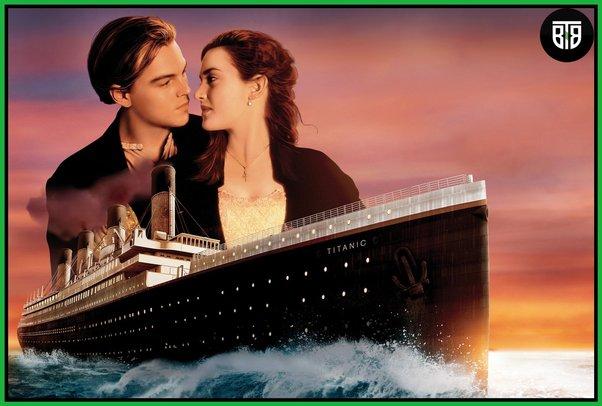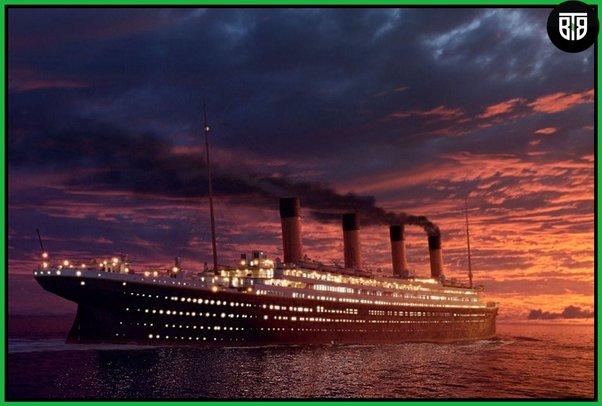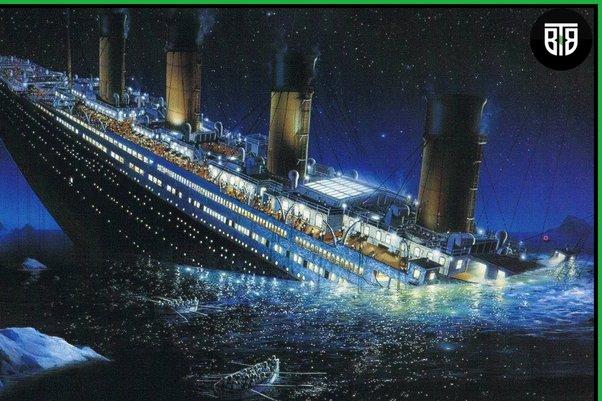The Titanic was one of the largest and most luxurious ocean liners of its time, described by the media as "unsinkable". However, its maiden voyage from Southampton, England to New York City in the United States ended in disaster on April 15, 1912.

Titanic, owned by the White Star Line, set sail on April 10, 1912, with more than 2,200 passengers and crew. Despite the calm waters, the ship struck an iceberg on 14 April, sinking it a few hours later.

Despite the crew's efforts to rescue the passengers and crew, there were not enough lifeboats on board to accommodate everyone. As a result, more than 1,500 people lost their lives in the accident. The disaster sent shockwaves around the world and led to sweeping changes in maritime safety regulations.

The sinking of the Titanic is one of the deadliest peacetime maritime disasters in history. It continues to capture people's imaginations, inspiring many books, films, and other works of art.

In 1985, a team of deep-sea explorers discovered the wreckage of the Titanic about 4 kilometers below the surface of the Atlantic Ocean. The discovery has since shed new light on the disaster and answered many questions that have long remained unanswered.

Finally, the sinking of the Titanic on April 15, 1912, is one of the most famous maritime disasters in history. Its legacy lives on as a reminder of the importance of security and preparedness in the face of the unexpected.
